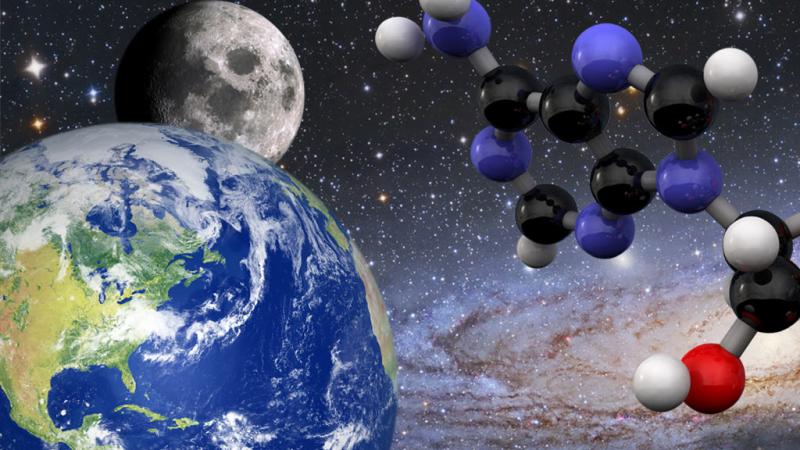Grant From Emily Landecker Foundation Advances Interdisciplinary Study
December 20, 2012

Rensselaer Polytechnic Institute announced today a $480,000 gift from the Emily Landecker Foundation. The gift will establish the James P. Ferris Fellowship in Astrobiology, which will support graduate students in the School of Science pursuing research in the interdisciplinary field of astrobiology. The fellowship is named in honor of Ferris, an emeritus professor of chemistry and chemical biology, currently a senior research professor, and a member of the New York Center for Astrobiology at Rensselaer.
“The field of Astrobiology seeks to address some of the most fascinating questions in science: What makes a planet habitable? How did life on Earth begin? Is there life elsewhere?” said Laurie Leshin, dean of the School of Science at Rensselaer. “The James P. Ferris Fellowship in Astrobiology will allow us to attract the very best graduate students to Rensselaer to explore these compelling questions through their research. We are extremely grateful for the generous support of the Emily Landecker Foundation in establishing the fellowship, which is a fitting tribute to Jim Ferris' pioneering work in this exciting field.”
The center places a strong emphasis on education and training, and graduate students with an interest in the field are offered strong opportunities for research under the mentorship of faculty members in the center, according to Professor Doug Whittet, director of the New York Center for Astrobiology at Rensselaer.
“Training the young scientists who will become future pioneers in astrobiology, space research, and related fields is an absolute priority for us,” said Whittet. “The research carried out by faculty on our team provides unique opportunities for doctoral students. Our students gain not only experience and expertise within their chosen science discipline but also exposure to the interdisciplinary synergy that underpins this and other areas of science and technology today. The Ferris Fellowship presents a wonderful opportunity to expand our support for outstanding young scientists who will be the next generation of researchers and educators. It is also a wonderful tribute to Jim Ferris for his vital contributions to astrobiology and origins of life research.”
The family-run foundation will endow the fellowship over four years. Additional annual gifts will be provided until the fellowship is fully funded, allowing the Institute to begin awarding the fellowship immediately to an incoming student in the Fall of 2013. Such a gift structure is commonly known as a “flexible endowment.”
The foundation has made similar gifts in support of faculty positions and undergraduate study at several institutions attended by family members, said a trustee who wished to remain anonymous. The trustee, who is also an alumnus of Rensselaer, said the foundation wished to support graduate students and recognize the influence of Ferris, who taught a chemistry class that proved pivotal in the career of the trustee.
Although a chemist by training, Ferris has devoted his research to the origins of life. His laboratory has succeeded in creating long RNA chains from simple precursor molecules, using a natural clay mineral as a catalyst. These RNA macromolecules could lead to the origins of the first life on Earth. His research is currently focused on the step-by-step synthesis of RNA using different materials known to have existed early in Earth’s history.
Supported by NASA, the $7 million New York Center for Astrobiology is a member of NASA’s Astrobiology Institute (NAI), and is led by Rensselaer, in partnership with the University at Albany, Syracuse University, the University of Arizona, and the University of North Dakota. Researchers and students within the center seek to understand the chemical, physical, and geological conditions of early Earth that set the stage for life on our planet. They also look beyond our home planet to investigate whether the processes that prepared the Earth for life could be replicated elsewhere — on Mars and other bodies in our solar system, for example, and on planets orbiting other stars.